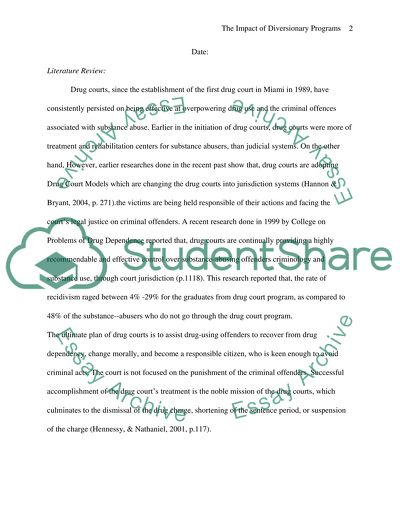Cite this document
(The Mentally Ill People and the Drug Courts Research Proposal, n.d.)
The Mentally Ill People and the Drug Courts Research Proposal. Retrieved from https://studentshare.org/health-sciences-medicine/1522664-drug-courts
The Mentally Ill People and the Drug Courts Research Proposal. Retrieved from https://studentshare.org/health-sciences-medicine/1522664-drug-courts
(The Mentally Ill People and the Drug Courts Research Proposal)
The Mentally Ill People and the Drug Courts Research Proposal. https://studentshare.org/health-sciences-medicine/1522664-drug-courts.
The Mentally Ill People and the Drug Courts Research Proposal. https://studentshare.org/health-sciences-medicine/1522664-drug-courts.
“The Mentally Ill People and the Drug Courts Research Proposal”, n.d. https://studentshare.org/health-sciences-medicine/1522664-drug-courts.


